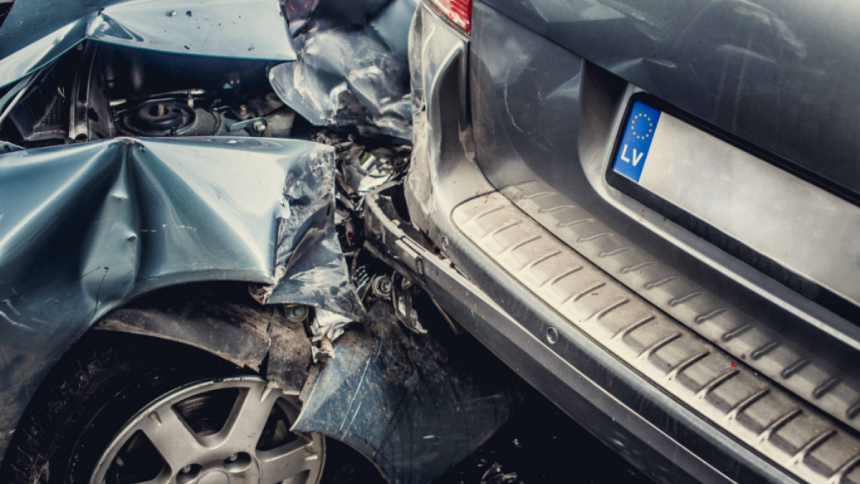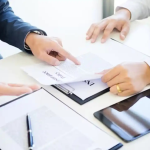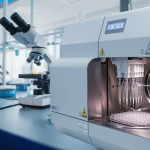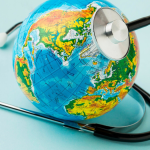Los Angeles is the most populous city in the US, with a population of nearly 4 million. The problem with such big cities is that controlling traffic accidents is really hard.
Car accidents can be traumatic experiences, both physically and emotionally. When involved in such an incident in LA, it’s crucial to understand the legal process and the evidence required to build a strong case. LA car accident lawyers can provide invaluable guidance and representation throughout this challenging time.
In the aftermath of a car accident, proving liability and damages is often complex. Gathering the right evidence is essential to demonstrate fault and quantify the extent of your losses. This article provides a comprehensive overview of the essential evidence types that can help you win your car accident case.
Types of Evidence
Evidence plays a crucial role in establishing liability and damages when building a car accident case. Here are some of the key types of evidence to consider:
Police Report
The police report is often a primary document in car accident cases. It contains essential information such as the date, time, location, parties involved, and accident description. While the police report can be valuable, it’s important to remember that it’s based on the officer’s observations and may not capture the full picture.
Eyewitness Testimony
Eyewitness accounts can provide valuable insights into the accident. If any witnesses were present, try to gather their contact information and get a detailed account of what they saw. However, it’s important to know that factors like memory, perception, and emotions can influence eyewitness testimony.
Medical Records
Your medical records are essential to documenting your injuries and treatment. These records can help establish causation and quantify your damages. They may include emergency room records, doctor’s notes, medical bills, and rehabilitation records.
Photographs and Videos
Visual evidence can be powerful in demonstrating fault and the extent of damage. It can be crucial to take photographs and videos of the accident scene, your injuries, and your damaged vehicle. Be sure to capture the details of the scene, such as road conditions, traffic signs, and any other relevant factors.
Vehicle Damage
Assessing the damage to your vehicle and the other vehicles can help determine fault and support your claim. Documenting the damage with photographs is essential.
Expert Witness Testimony
In complex cases, expert witness testimony can be invaluable. Experts like accident reconstructionists and medical experts can provide valuable insights and analysis. Expert testimony can be particularly helpful in reconstructing the accident, determining fault, and assessing the extent of injuries and damages.
Gathering and Preserving Evidence
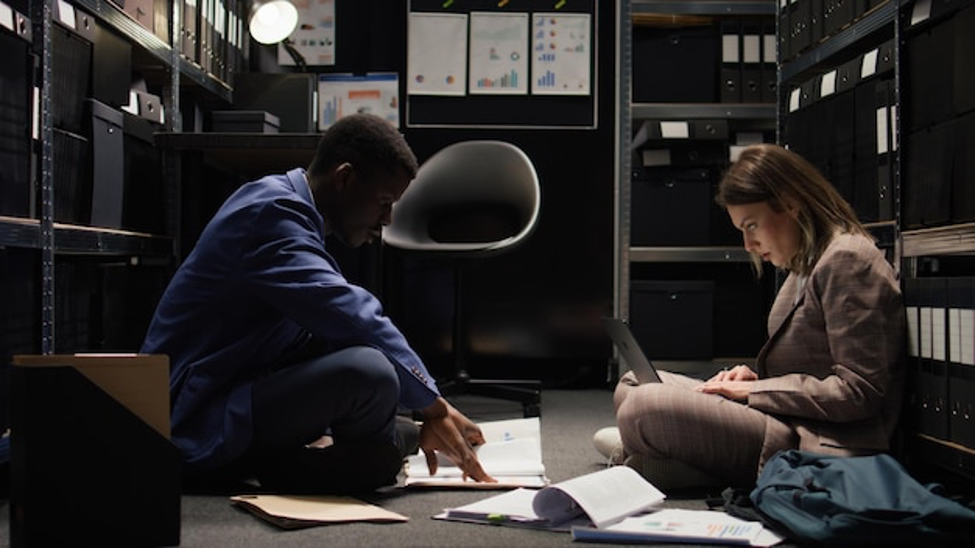
Timely action is crucial when gathering and preserving evidence after a car accident. Immediately after the accident, contact the authorities and document the scene as best as possible. Take photographs of the accident scene, damaged vehicles, and any injuries. If you are injured, seek medical attention immediately and keep detailed treatment records.
To preserve evidence, remember to:
- Keep detailed records of all communications, including police reports, medical records, and insurance claims.
- Store any damaged property safely until the case is resolved.
- Avoid making any admissions of fault or discussing the accident with anyone other than your attorney.
- Gather contact information for any witnesses to the accident.
The Role of Evidence in Proving Liability and Damages
Evidence is crucial in proving liability and damages in car accident cases. By presenting compelling evidence, you can demonstrate that the other driver was at fault and that their negligence caused your injuries and losses.
The burden of proof in car accident cases generally lies with the plaintiff, which means you must prove that the other driver was negligent and that their negligence directly caused your injuries. Evidence such as police reports, eyewitness testimony, medical records, photographs, and expert witness testimony can help establish fault and causation.
Once liability is proven, the next step is to quantify the damages. Evidence is also essential in determining the extent of your injuries and losses. This may include medical expenses, lost wages, pain and suffering, property damage, and other related costs. By providing detailed documentation of your injuries and losses, you can support your claim for damages.
Lynn Martelli is an editor at Readability. She received her MFA in Creative Writing from Antioch University and has worked as an editor for over 10 years. Lynn has edited a wide variety of books, including fiction, non-fiction, memoirs, and more. In her free time, Lynn enjoys reading, writing, and spending time with her family and friends.


